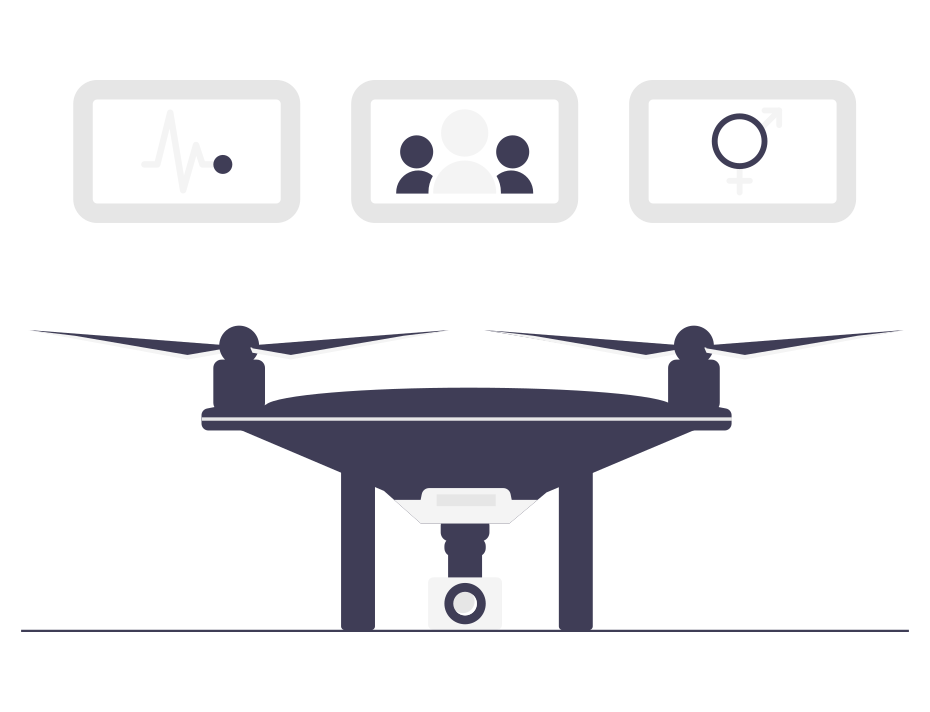30 June 2023

The Internet of Things is one of the inevitabilities of the ongoing progress within technology and it is an area that has been growing for years. What is part of the IoT? Anything that connects to the internet can be seen as part of the IoT which includes a lot of products available on the current private and public markets. Not to mention pieces that haven’t even been released yet.
As well as being a growing part of technology in general, it is becoming more and more an expected feature in mobile devices. Pieces of tech such as phones, smart watches and tablets are all expected to be connected to the point where the information syncs effortlessly. To enable this, SIM technology has needed to become more advanced to maintain its momentum in the mobile device industry. In the mobile device markets IoT collects the data, 5G transmits it, and AI extracts the insights, it is an incredibly powerful tool that not only keeps a consumer’s devices connected but also allows companies to unlock a whole new area of personal data.
There are lots of options within the new SIM markets, and the options can increase the competition between operators significantly. M2M/IoT SIM cards also known as Universal Integrated Circuit Cards or UICC, are the latest advance in the SIM sector. These SIMs are also known as i-SIMs and will not only take over from traditional SIMs but also – due to their size – potentially within the next few years even overtake the new e-SIM model. Within the e-SIM and i-SIM models there are different programmes. The ISMI SIM (International Subscriber Mobile Identity) allows a user to seamlessly switch from one operator to another, without needing to subscribe to their Subscription Manager Secure Routing service or Subscription Manager Data Preparation service unlike the eUICC model which does. Both e-SIMs and i-SIMs include Remote SIM Provisioning (RSP) which allows a user to switch to a new network remotely. i.e without needing to replace physical SIMs in their devices from different networks, as has been the way of switching networks for the past few decades.
Having such a huge access to networks and the internet with such a large range of devices does of course pose a security issue. Not only because the technology is very new but also because as consumer tech becomes more powerful so does the tech used by hackers as well as the personal information available to companies. There are things brands can do to help their customers to secure privacy. For example using a private APN rather than a public MNO significantly reduces the security risks of using an IoT device with an IoT SIM. It is in an operator’s best interests to ensure the privacy of their customers, not doing so will mean a loss of business as well as potential lawsuits which could end in strict legislation or bans. Big data is the most valuable and desirable information to have access to, so it’s imperative that there are measures in place to protect consumers and businesses from potential issues surrounding this.
As well as uncovering a major technological frontier, new SIM chips are a huge breakthrough in terms of sustainable technology. According to the World Economic Forum, combining IoT with 5G and AI could help cut carbon emissions by 15%. The e-SIM and i-SIM are able to last a minimum of ten years in a device, whereas physical SIMs are open to wear and tear which often only makes them able to be kept for two to three years. Making the SIM part of the actual device means that not only will the SIM last as long as the phone does, it will also not be taking up extra resources that need shipping which increases the emissions footprint of the whole industry.
If you are looking for e-SIM packaging solutions get in touch with the BPAK team to find out more today.